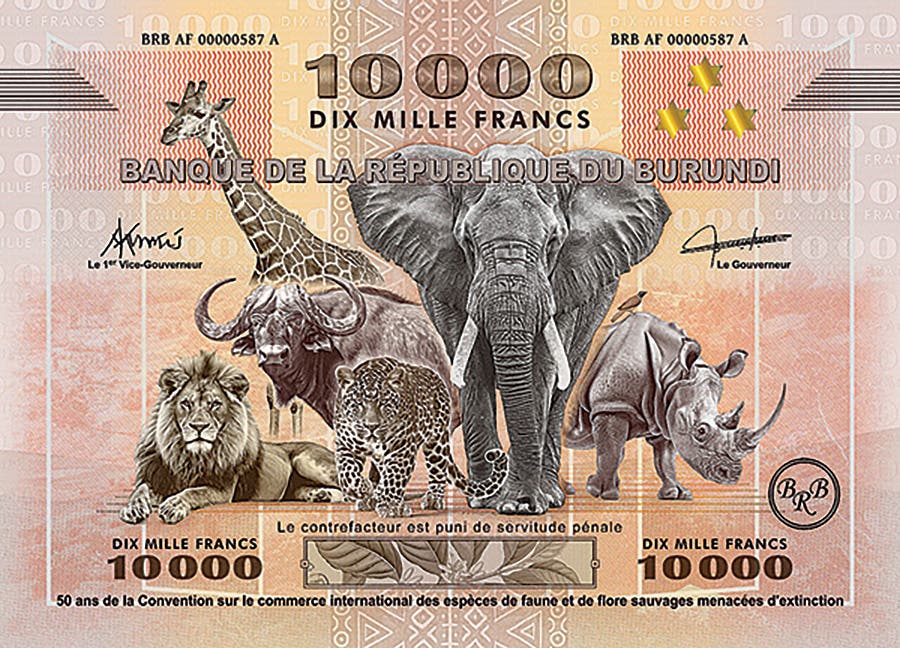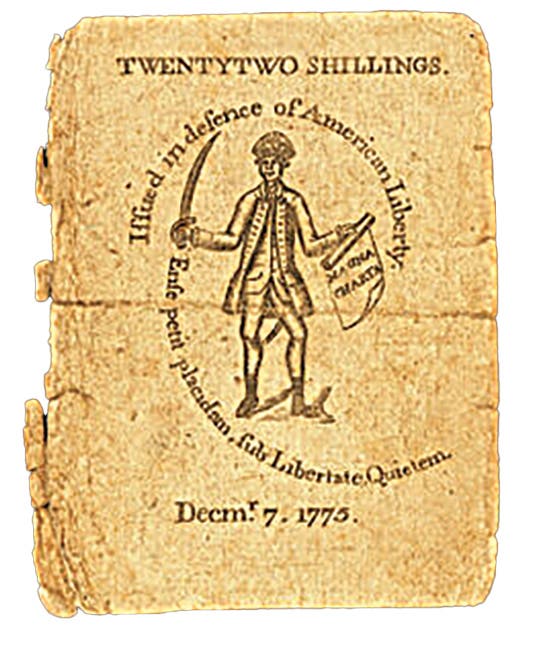Paper dollar gets a boost
For the fifth time in 22 years, the Government Accountability Office has weighed in on whether the dollar bill should replace the $1 coin. In this version, there is a bombshell statement that the government would lose money in the first six years if it began to replace $1 notes with $1 coins.
Supporters of the $1 bill in Congress have just been handed more ammunition to bolster their position.
For the fifth time in 22 years, the Government Accountability Office has weighed in on whether the dollar bill should replace the $1 coin. In this version, there is a bombshell statement that the government would lose money in the first six years if it began to replace $1 notes with $1 coins.
This is contrary to the thrust of prior reports.
The confusion is heightened by the Feb. 15, 2012, GAO report by its assumptions, the conclusions, and the nearly panicked opposition of the Mint and Federal Reserve in published comments.
Behind the GAO report was a request by the ranking member of the Homeland Security Committee, Sen. Scott Brown, R-Mass., who represents the state where paper money paper is made. Sen. Joseph Lieberman, I-Conn., chairs the unit. The Senate Banking Committee evidently, which normally handles coinage and currency matters, was uninvolved.
GAO now has a new conclusion that deviates from several of its earlier studies because of a change in some of its assumptions. It concludes that if measured over a 30-year period (from 2012 to 2042), the elimination of the paper dollar and promotion of the dollar coin to a circulating coin would be profitable.
But in killer language, the GAO also says that measured over the next 10 years, any such switch would be highly unprofitable.
“The government would incur a net loss in six of the first seven years,” GAO says. “$531 million in net loss, or approximately $53 million per year in net loss” to the government.
Complicating matters, the Fed now has $1.4 billion worth of various dollar coins in storage, and no matter what proponents say, the voice of the people can be seen in the fact they don’t want to use them.
Like what you're reading? Subscribe to our FREE email newsletter![form id="27827"]
In March 2011, GAO reported that replacing the $1 note with a $1 coin would provide a net benefit to the government of about $5.5 billion over 30 years, or an average of about $184 million per year. This benefit, which GAO estimated using an economic model based on a set of assumptions, was entirely attributable to seigniorage.
That number represents the difference between the cost of production (including metal) and the face value. GAO also utilizes in its measurements the estimated lifetime of the dollar bill and correlates it with the much longer lifetime of the coin.
GAO utilizes an “average of 56 months, according to the Federal Reserve,” of shelf-life of a dollar bill “compared with the 40 months we used in our 2011 analysis. The longer note life reduces the costs of the status quo scenario and thus reduces the expected net benefits of replacing the $1 note with a $1 coin.”
The problem with all of these numbers is that for nearly 40 years, the Bureau of Engraving and Printing has been saying that dollar bills last about 18 months given their circulation velocity, and the Mint says that the typical coin stays out there and circulates for 18 or more years.
More Coin Collecting Resources:
• Subscribe to our Coin Price Guide, buy Coin Books & Coin Folders and join the NumisMaster VIP Program








